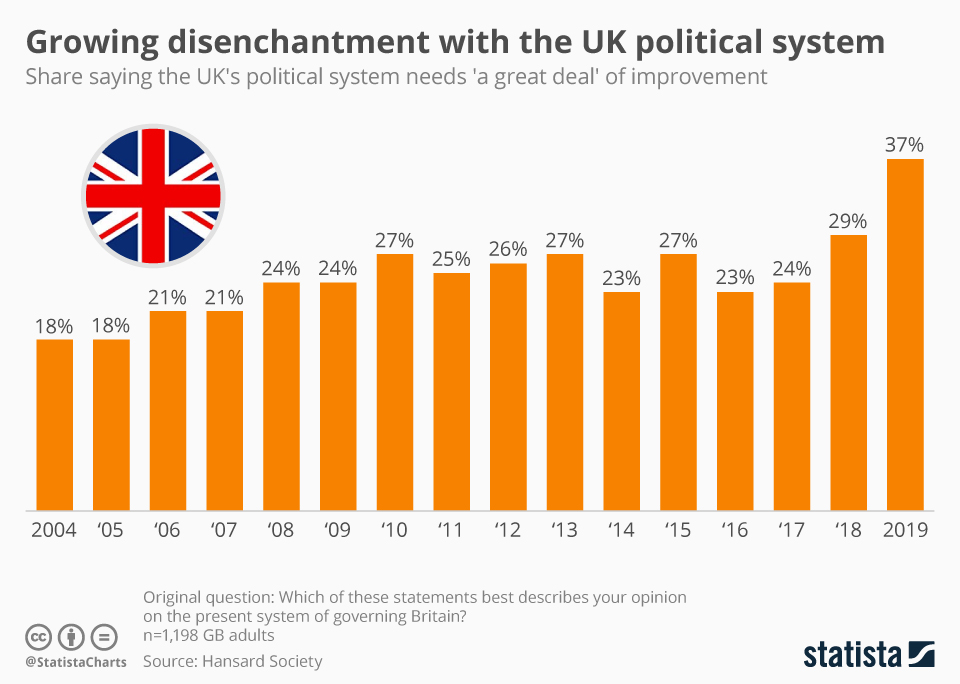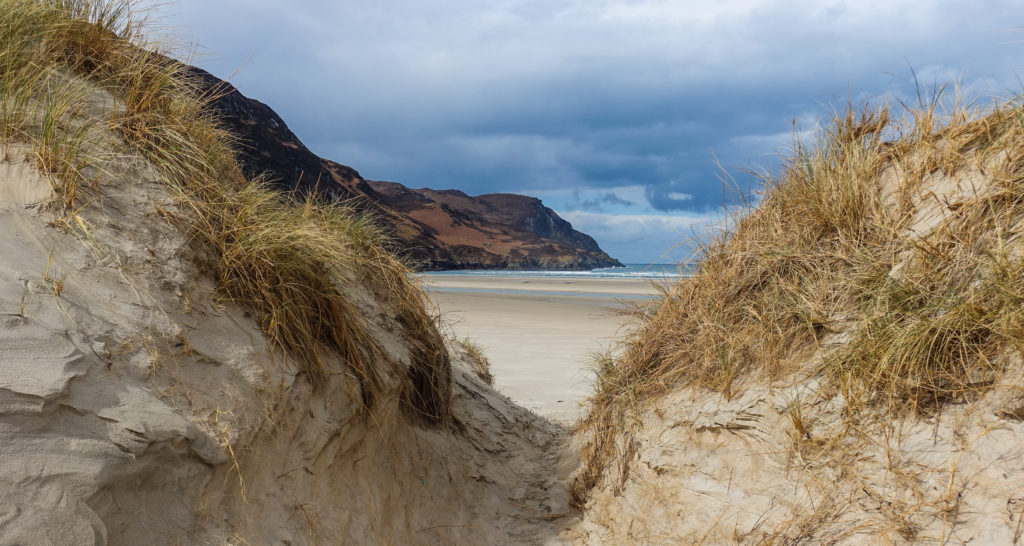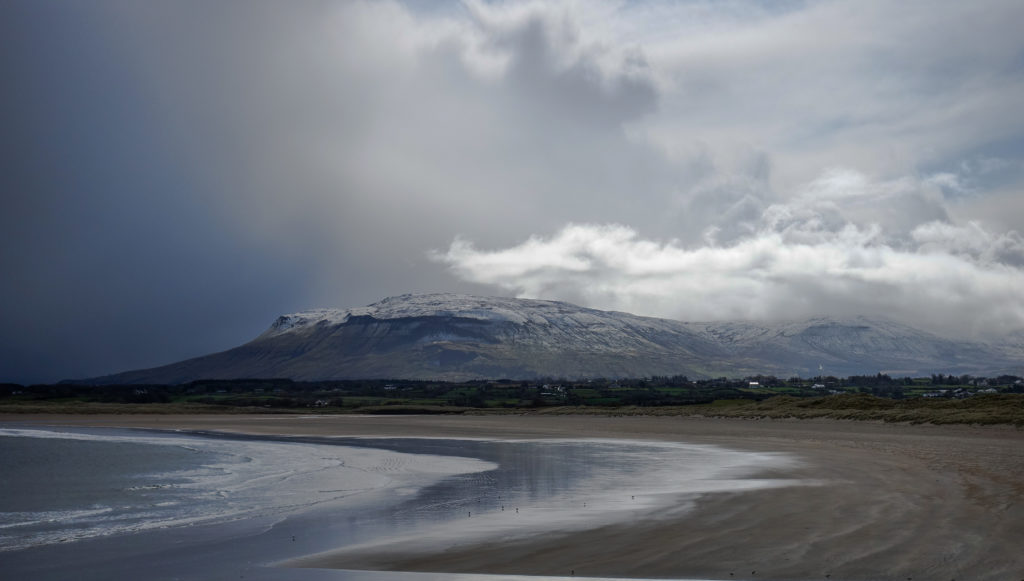Interesting study of how mainstream media reports and categorises terrorist attacks.
Why does the media refuse to call white murderers terrorists? Why, instead, are these killers humanised and we, the reader, encouraged to feel for or relate to them? These questions have surfaced time and time again during the increasingly prevalent white-supremacist and far-right attacks of recent years. Both in terms of the language used, and the quantity of coverage, media treatment of differing forms of extremism is skewed. A Muslim can be expected to be immediately labelled a terrorist, whilst the media is hesitant to apply this term to white people. Research by the University of Alabama has shown that, between 2006 and 2015, terror attacks committed by Muslim extremists received 357% more US press coverage than those committed by non-Muslims, despite the fact that majority of domestic extremist killings in this period were linked to right-wing radicalism.
On March 15, a white supremacist committed the deadliest act of terrorism in New Zealand’s modern history. A shooter began attacking the Al Noor Mosque before continuing on to the Linwood Islamic Centre. 50 people were killed, and 50 others injured. The first of these attacks was streamed live on Facebook.
The media fallout and coverage of this event has been intense. In the two weeks after the attack there were over 200,000 pieces covering the shooting and its aftermath.
The Daily Mail and the Mirror described the shooter as “angelic” and a “little blond boy” respectively. Both have been criticised for doing so, but how pervasive is this type of language in the media?
The article reports on a statistical analysis of over 200,000 news items published in the two weeks following the Christchurch attack. These articles come from around 80 different languages. It compares these pieces to ones on recent Islamic extremist attacks and other recent far-right attacks. In particular, there is a focus as to what extent these attacks are linked to terrorism with the language used in them.
Key takeaways:
The media continues to use language unevenly when reporting on acts by white supremacists compared with Islamic extremists.
In over 200, 000 articles on 11 different attacks, Islamic extremists were labelled terrorists 78.4% of the time, whereas far-right extremists were only identified as terrorists 23.6% of the time.
Reporting on the Christchurch shooting is the exception that proves the rule for an attack by a white person, in how willing the media was to label the attacker a terrorist.



